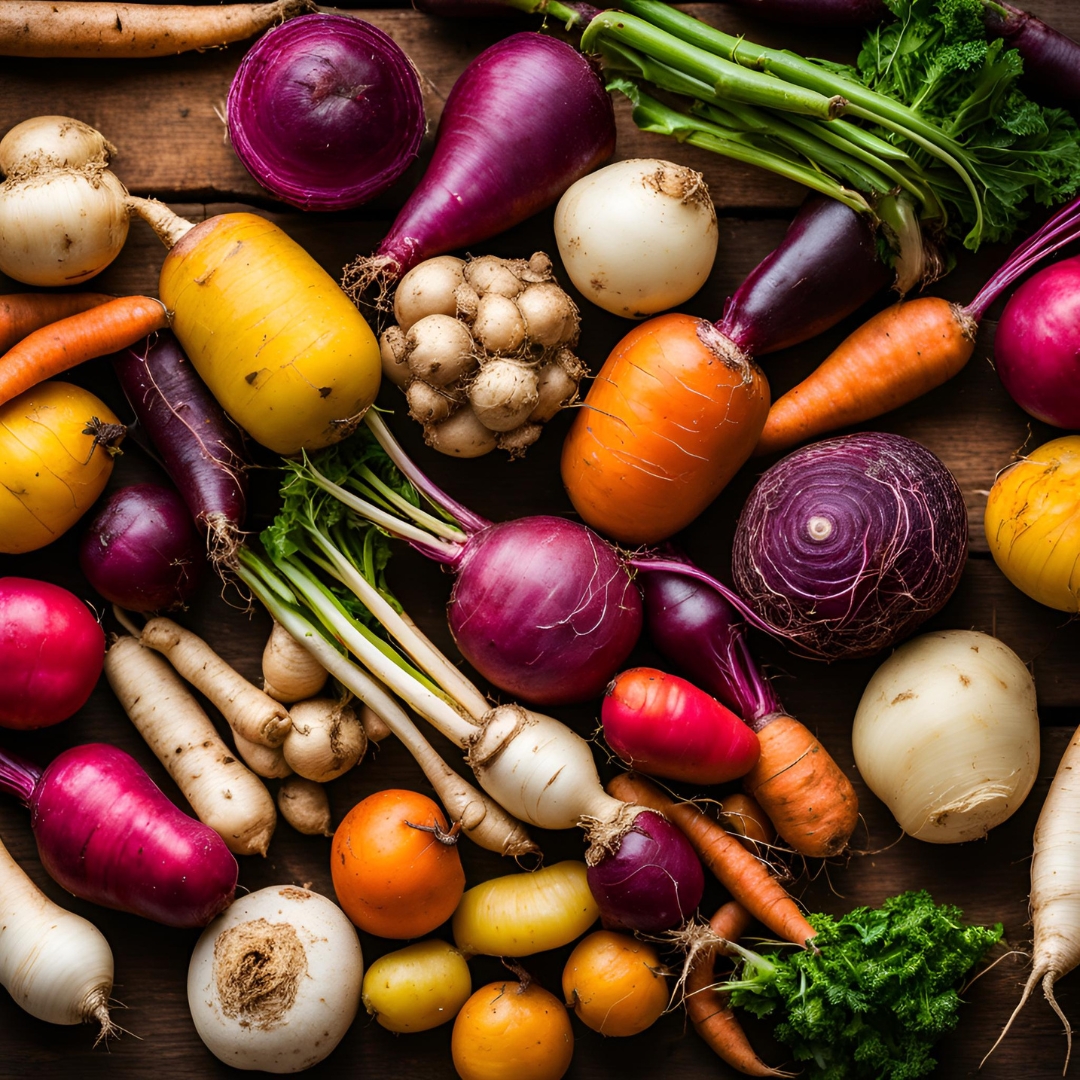Root vegetables and starches play a vital role in African and Caribbean cuisine, providing the foundation for many traditional dishes. These tropical starches are not only delicious but also packed with nutrients that offer a variety of health benefits. Let’s explore some of the most popular African and Caribbean starches, their culinary uses, and why they deserve a place in your kitchen.
1. Cassava (Yuca)
Cassava, also known as yuca, is a staple in African, Caribbean, and Latin American diets. This starchy root vegetable is versatile, nutritious, and naturally gluten-free.
- Health Benefits: Cassava is a great source of carbohydrates, making it an excellent energy booster. It also contains important vitamins and minerals like vitamin C, folate, and potassium. Cassava is particularly beneficial for those with gluten sensitivities, as it is naturally gluten-free.
- Culinary Uses: Cassava can be boiled, mashed, fried, or even turned into flour for baking. Popular dishes like “bammy” in Jamaica and “gari” in West Africa showcase the versatility of cassava. It’s also commonly used to make fufu, a starchy dough-like side dish that pairs well with stews and soups.
2. Yams
Yams are often confused with sweet potatoes, but they are quite different. True yams are larger, drier, and starchier, and they are a key ingredient in many African and Caribbean recipes.
- Health Benefits: Yams are a good source of complex carbohydrates, fiber, and essential nutrients like vitamin C, vitamin B6, and manganese. They help maintain steady energy levels and support digestive health due to their high fiber content.
- Culinary Uses: In West Africa, yams are often boiled, fried, or pounded into fufu. In the Caribbean, they are used in soups and stews or served alongside meats and vegetables. Yams are particularly popular in Nigerian cuisine, where they are featured in dishes like “yam porridge” and “fried yam.”
3. Plantains
While plantains resemble bananas, they are starchier and usually cooked before eating. They are a beloved staple in African, Caribbean, and Latin American cuisine.
- Health Benefits: Plantains are rich in dietary fiber, potassium, and vitamins A and C. They are also a good source of resistant starch, which can improve gut health and help regulate blood sugar levels.
- Culinary Uses: Plantains can be fried, boiled, or baked, depending on their ripeness. Green plantains are often used to make savory dishes like tostones (fried plantain rounds) or plantain chips, while ripe plantains are sweeter and perfect for dishes like Caribbean-style maduros (fried sweet plantains).
4. Taro (Cocoyam)
Taro, also known as cocoyam, is a starchy root vegetable popular in African and Caribbean cooking. It has a slightly nutty flavor and can be used in both sweet and savory dishes.
- Health Benefits: Taro is rich in dietary fiber, potassium, and antioxidants. It’s known to promote heart health, improve digestion, and support the immune system. Taro is also a low-calorie food, making it a great choice for those watching their weight.
- Culinary Uses: Taro can be boiled, roasted, or mashed, and is often used in soups, stews, or even desserts. In Caribbean cuisine, taro is used to make “callaloo,” a flavorful dish featuring taro leaves cooked with spices and coconut milk. In West Africa, it’s used in dishes like “cocoyam porridge.”
5. Breadfruit
Breadfruit is a versatile tropical starch found in Caribbean and Pacific Island cuisines. It has a potato-like texture and a mildly sweet flavor when cooked.
- Health Benefits: Breadfruit is a rich source of complex carbohydrates, fiber, and essential nutrients like vitamin C, potassium, and magnesium. Its high fiber content supports digestive health, while its carbohydrate content provides sustained energy.
- Culinary Uses: Breadfruit can be boiled, roasted, or fried. In the Caribbean, breadfruit is often roasted and served with fish or other meats. It’s also used in soups and stews or made into chips for a crispy snack.

